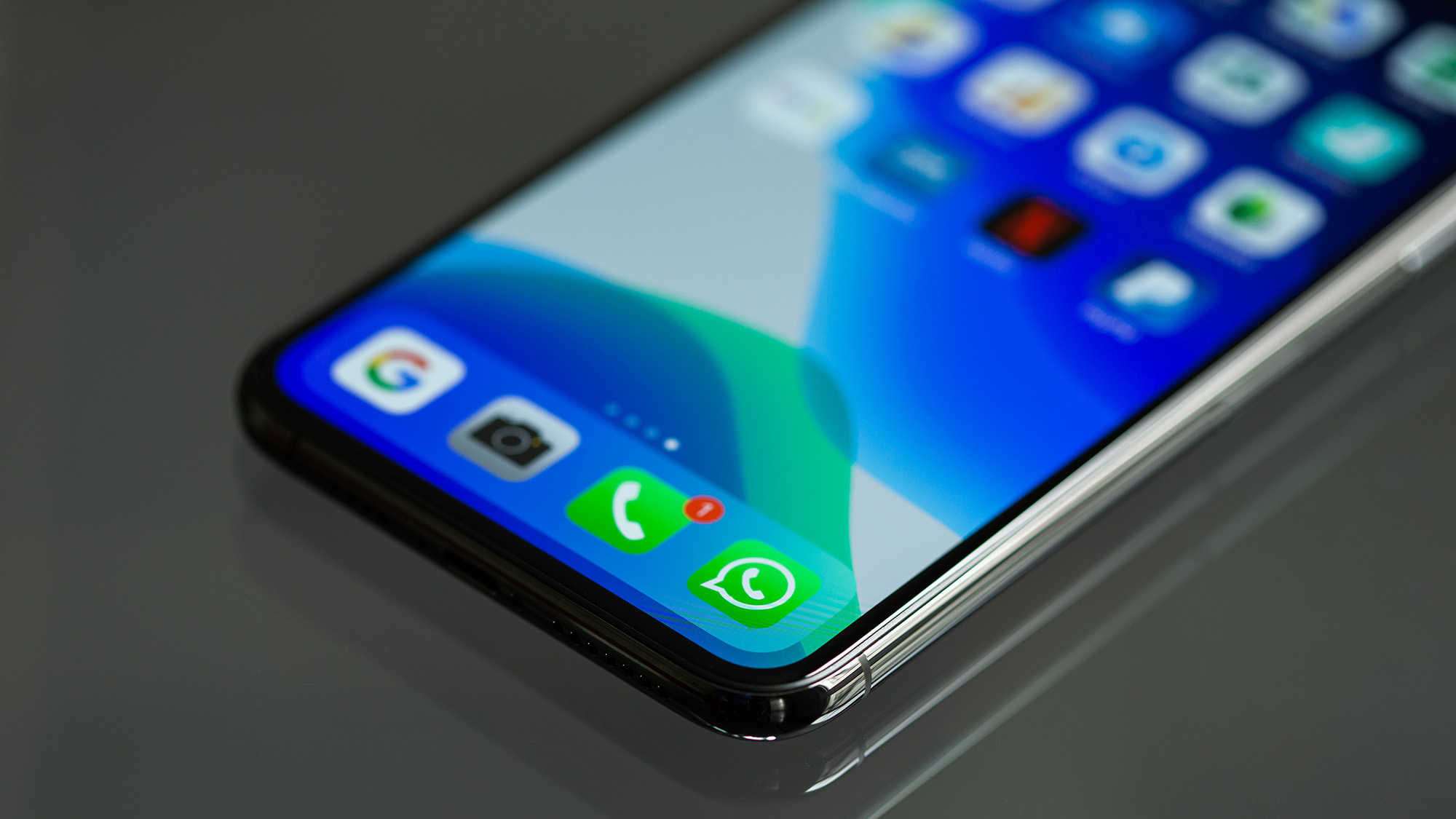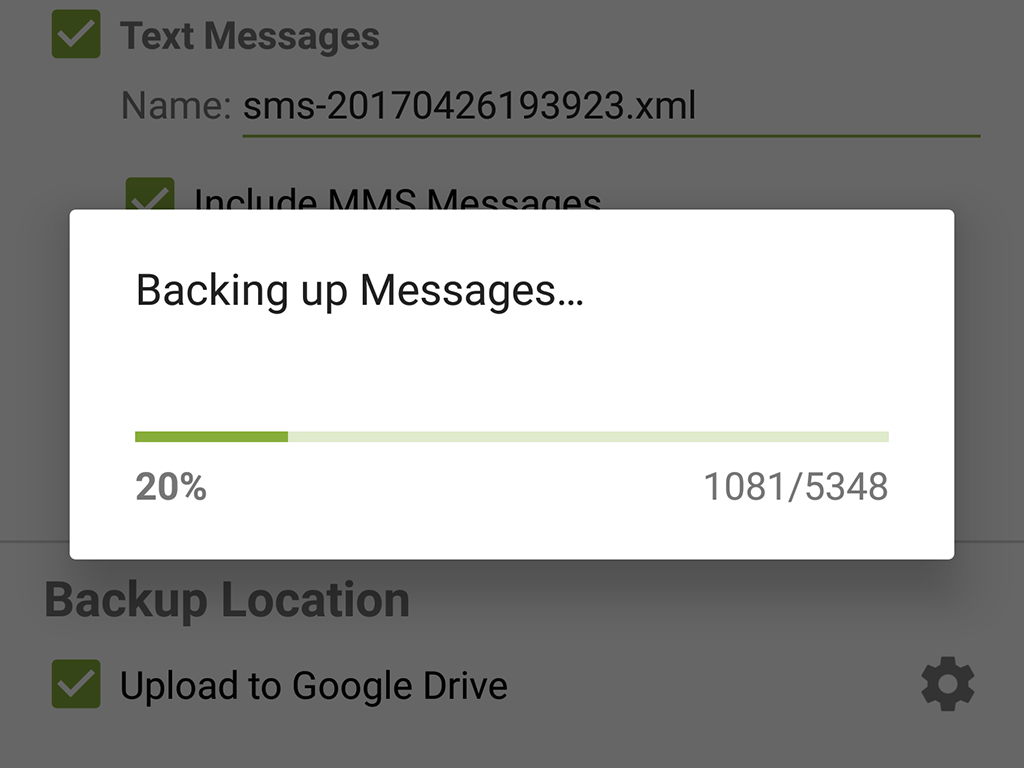

This story has been updated. It was originally published on April 27, 2017.
For many of us, the humble text message remains an essential mode of communication. But while cloud-based services can back up our emails and social media posts when we lose an old phone or switch to a new one, our SMS (Short Message Service) and MMS (Multimedia Messaging Service) histories can sometimes disappear.
Don’t let those texts get lost and take a couple of minutes to back them up. It’s easy no matter what operating system you’re using.
How to save text messages on Android
For better or worse, Android lets apps get their hooks deeper into the phone operating system, which makes it easier for them to access and back up text messages. It also means that you can swap your default SMS client if you want to—something that’s not possible on an iPhone.
Your first port of call should be to check your default SMS client to see if it offers any backup or export options. On Google Messages (the default messaging app on Pixel phones), backups happen automatically along with the rest of your OS. To manage it, go to Settings, System, and Backup.
SMS Backup+, a third-party app, is just about the best option for archiving texts. Install the app, connect it to your Google account, and all the SMS and MMS messages you send and receive will automatically get archived in your Gmail inbox, complete with their own label. When you do this, your texts become searchable just like any other email, and the app makes it even easier by integrating neatly with your existing Gmail contacts. On the downside, SMS Backup+ is not a particularly polished app, but it gets the job done and can restore your texts on a new device if you need it.

SMS Backup & Restore is also worth a look. Rather than using Gmail, this app backs up texts to local storage, Google Drive, or Dropbox in an XML format, which many other programs can deal with. This tool is easy to use and configure—plus it can handle MMS messages and calls. SMS Backup+ and SMS Backup & Restore are very similar, as both support scheduled backups and are free to use. It just comes down to whether you prefer to search through Gmail, or Google Drive or Dropbox for your message archives.
One further option we recommend is IFTTT (If This Then That), a free web service that lets you plug all kinds of apps and services into each other. Its “applets” are based around a trigger and a subsequent action—for example, a report about bad weather might trigger the service to send a warning email to your inbox.
[Related: 7 secure messaging apps you should be using]
IFTTT includes support for Android SMSs, where sending or receiving a text can act as a trigger. The subsequent action is up to you: You can append the text and its details to a Google Drive spreadsheet, save it to a plain text file in Dropbox, forward it to your email inbox, or choose another option. Setting up this service will take a bit more time, but it gives you more flexibility in terms of how you save your texts. On the other hand, IFTTT won’t automatically back up your text history—it will only save the texts you send in the future.
Finally, a variety of desktop apps can help as well, but you’ll need to be careful when selecting one, as you’ll be granting these programs full access to your phone data. The well-respected TunesGo Phone Manager has been around for some time. It lets you back up texts from Android (and iOS), restore them to your phone, and even send SMSs from your computer if needed.
How to save text messages on iOS
When it comes to backing up text messages, unlike Android, iOS limits users to Apple solutions: saving your messages to iCloud or your computer hard drive.
To check on your built-in backups, head to Settings, then tap your name, iCloud, and iCloud Backup. If the option is enabled, your device will send your backups over Wi-Fi to your iCloud account. If not, they will be stored on your computer when you connect. Backups, including SMS messages, can be restored whenever you need them.
Meanwhile, plenty of third-party desktop apps will offer to export your text messages to a Windows or macOS computer. But before you download anything, check out user reviews, and the history and background of the developer to make sure you’re not giving malicious third parties access to your data. It’s also a good idea not to pay for these services unless they give you a free trial or demo first.
With those caveats in mind, you can still find some decent ways to back up text messages, such as iMazing for (available for macOS and Windows), CopyTrans (available for Windows), and iExplorer (available for macOS and Windows). All these programs work in a similar way: Plug your iPhone into the computer via USB, select the data you want to export, and the software does the rest.
In these apps, as well as viewing messages, you can save them to the computer in PDF, text, CSV, and XML formats, depending on what you want to do with them next. The whole process is user-friendly and straightforward. You’ll also be able to view texts together with their images and attachments, but only iMazing supports restoring texts on a new phone as iTunes or iCloud backups do. The app’s trial version has all features but limits the number of files you can transfer, but if you want to enjoy all the perks, prices start at $39.99.